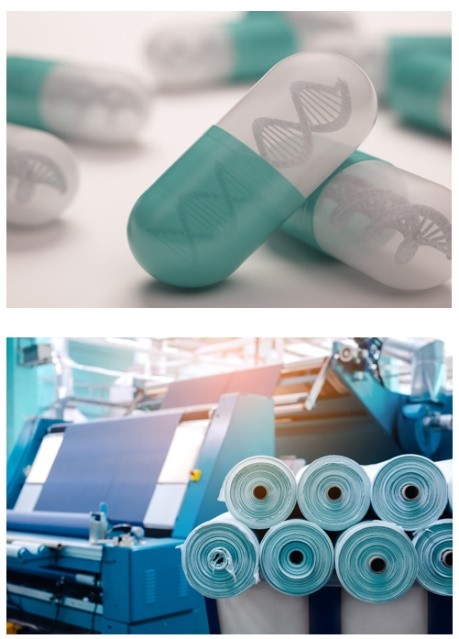- CAS Number: 25087-26-7
- Molecular Weight: 86.0892
- Molecular Formula: C4H6O2
- CAS Number: 30875-88-8
- Molecular Weight: 103.11976
- Molecular Formula: C4H9NO2
Introduction

Acrylic acid polymers are polyacrylic acid and its derivatives. The structural formula of acrylic acid is C3H4O2, which is an organic compound, colorless liquid with pungent odor. Acrylic acid has active chemical properties and is easy to polymerize in the air. The hydrogenation reduction product of acrylic acid can be added with hydrogen chloride to generate 2-chloropropionic acid, which is mainly used for the preparation of acrylic resin.[1] Polyacrylic acid (PAA) is a weakly acidic water-soluble polymer with the chemical formula [C3H4O2]n. PAA is colorless or light yellow liquid that can form stable chelate compounds with metal ions, such as calcium, magnesium etc. Therefore, PPA has excellent decomposition effect on calcium carbonate and calcium hydroxide in water.[2]
Characteristics
The structure of acrylic acid polymers determines their properties. Acrylic resin has special functional groups in the structure that can react with functional groups such as amino resin, epoxy resin, and polyurethane to form a network structure. Therefore, acrylic resin has high temperature resistance and good gloss and color retention characteristics. Typically, acrylic acid polymers have the following characteristics:
- Chemical stability
- Good processing performance
- High hardness
- Strong heat resistance
- Light transmittance
Application
Based on its excellent properties, acrylic polymers are widely used in pharmaceutical industry, textile industry, water treatment and others.

Acrylic polymers are widely used as polymer materials in pharmaceutical preparations due to their safety, stability, inertness, and non-irritant advantages. In addition, according to the different copolymer components and proportions, acrylic acid polymers are easily soluble in gastric juice and intestinal juice, but insoluble in water. Therefore, they commonly used as drug film coatings, solid dispersions, sustained-release pellets, sustained-release skeleton tablets and others.
Acrylic acid polymers can be processed to form soft and elastic films with strong resistance to heat, light and oxidative degradation, so they are widely used in textile manufacturing. Additionally, acrylic polymers have a bubble scavenging effect and are used as defoamers in the production of textile sizing, dyeing pigments and printing coatings.
Acrylic acid polymers can inhibit the formation and deposition of calcium carbonate, calcium sulfate, and especially calcium phosphate scale. It has good scale inhibition and dispersion effect under high temperature and alkaline conditions. Therefore, acrylic polymers are used as water scale dispersants for heaters and non-evaporative boilers in oil fields with high calcium content.
If you are interested in our acrylic acid polymers, please contact us immediately!
References
- Philipp, B. et al. Polyelectrolyte complexes-recent developments and open problems. Progress in polymer science. 1989, 14(1): 91-172.
- Müller, M. et al. Needlelike and spherical polyelectrolyte complex nanoparticles of poly (L-lysine) and copolymers of maleic acid. Langmuir. 2005, 21(1): 465-469.















